

Andrew Maclean
Honda CR-V RS e:HEV vs Toyota RAV4 Edge Hybrid: Spec battle
15 Days Ago

Senior Contributor
A brand new version of Lexus’s top selling vehicle in Australia – the NX mid-sized SUV – will hit local showrooms in November 2021.
The Japanese luxury brand whipped the covers from the second-generation Lexus NX today, promising “brave design, exhilarating performance and imaginative technology”.
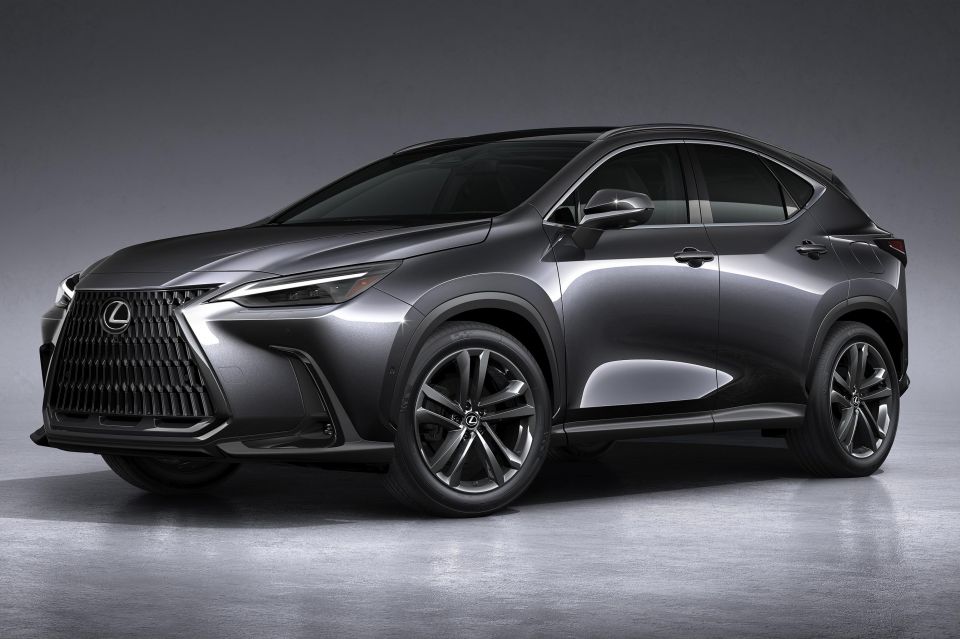
While it looks somewhat recognisable, this iteration represents a complete overhaul – meaning new sheetmetal, interior, platform, engines, and contemporary safety and infotainment functions.
The goal is to tempt existing Lexus owners into a new option, while simultaneously offering a more compelling alternative to the German Audi Q5, BMW X3, and Mercedes-Benz GLC, plus the likes of Volvo’s XC60 and the Genesis GV70.
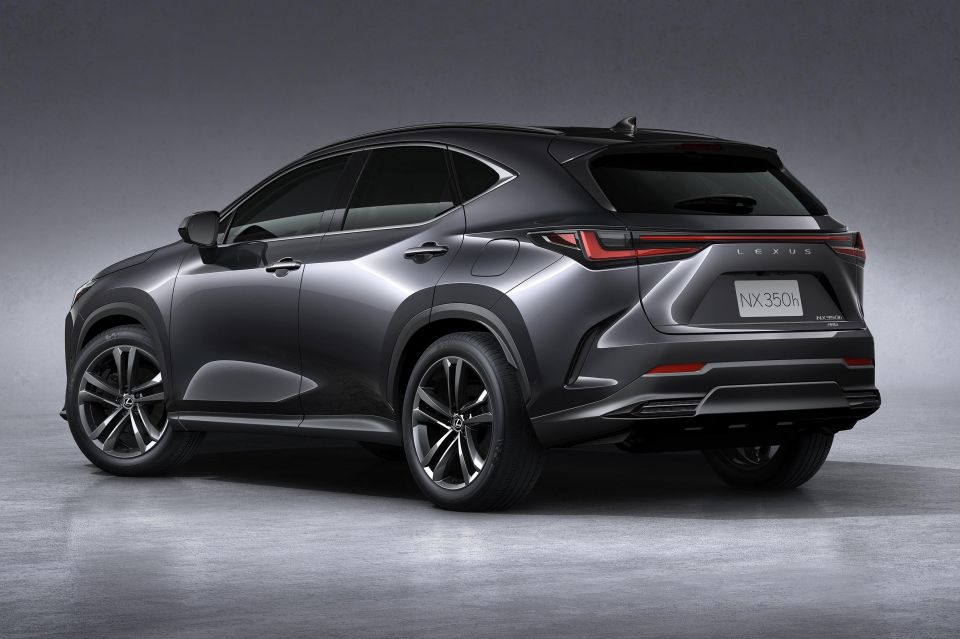
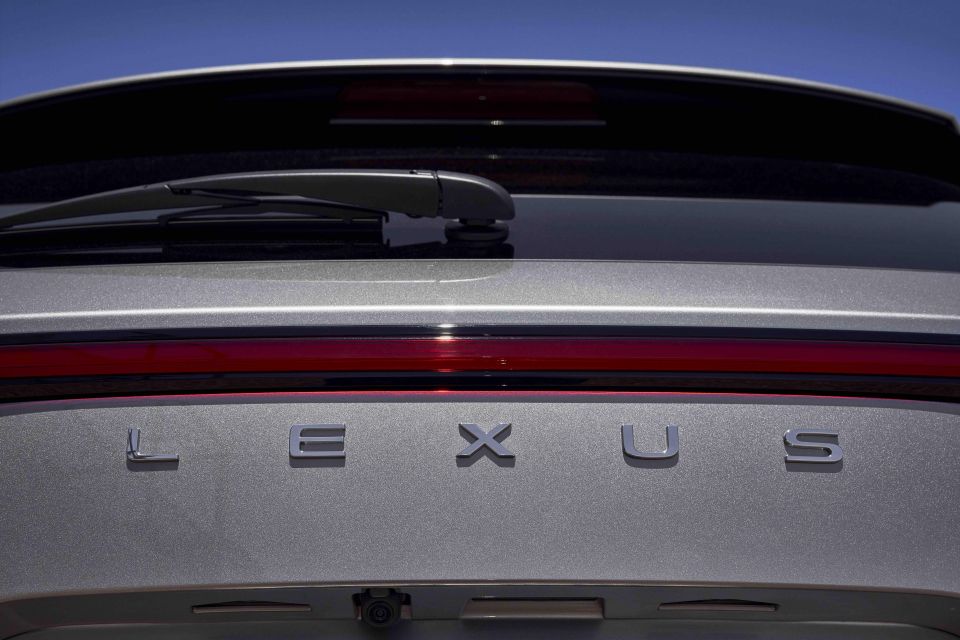
The design is more evolution than revolution, retaining signature cues but offering sportier proportions, tauter sheetmetal, more curves and fewer creases.
The spindle grille has been refined, the wheel arches made more muscular, and the horizontal tail-light layout adds some squatness to the stance.
F Sport derivatives ramp things up by offering 20-inch wheels, a front bumper lip spoiler, and front-side garnishing.
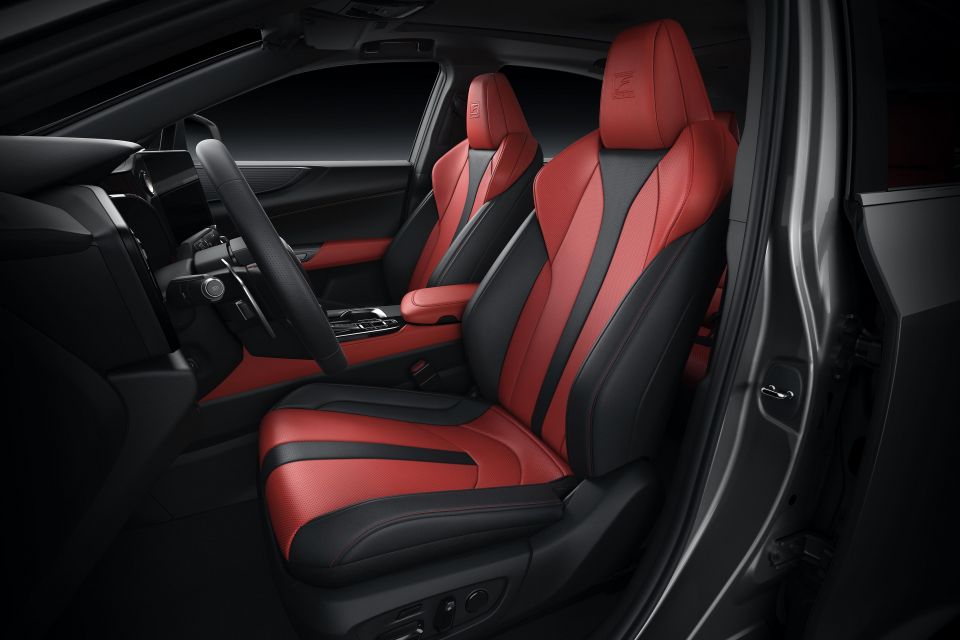
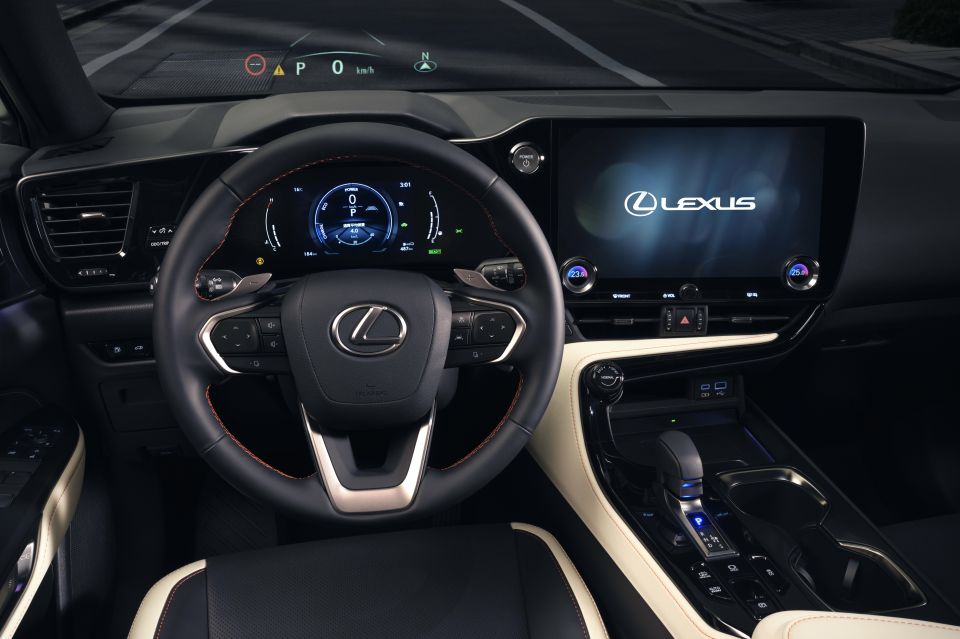

The company’s designers wanted the cabin to be “human-centred”, citing the driver-focused centre fascia and improved front-passenger space.
“The layout of the information system components leading from the heads-up display to the gauges and from the heads-up display to the centre display allows for smoother, less distracted eye movement while driving,” Lexus claims.
“In addition, the start button, shift lever, and drive mode select switch are placed around the steering wheel where they can be handled more naturally, so the driver can operate them smoothly without losing his or her driving posture.”

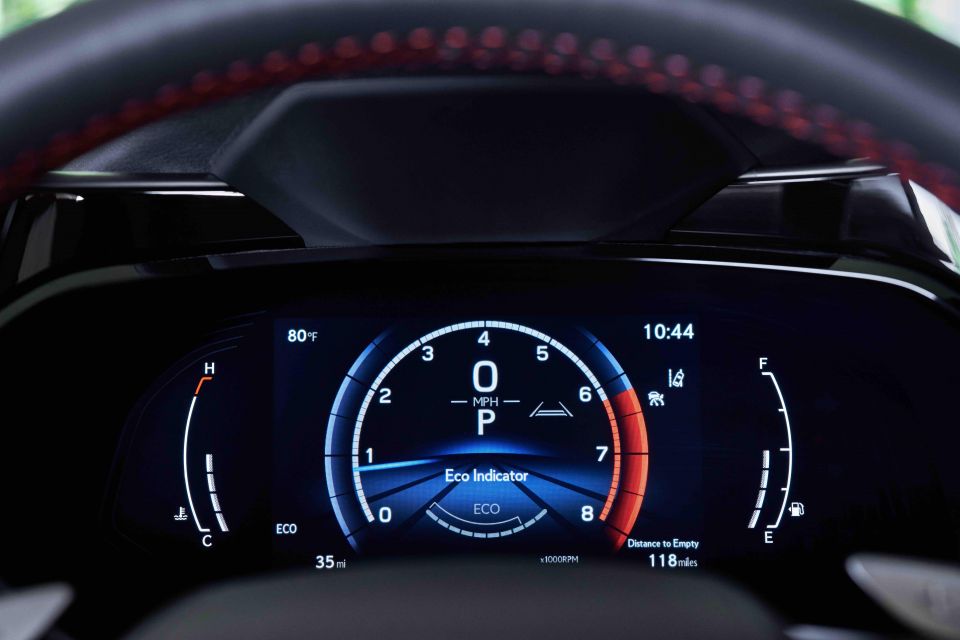
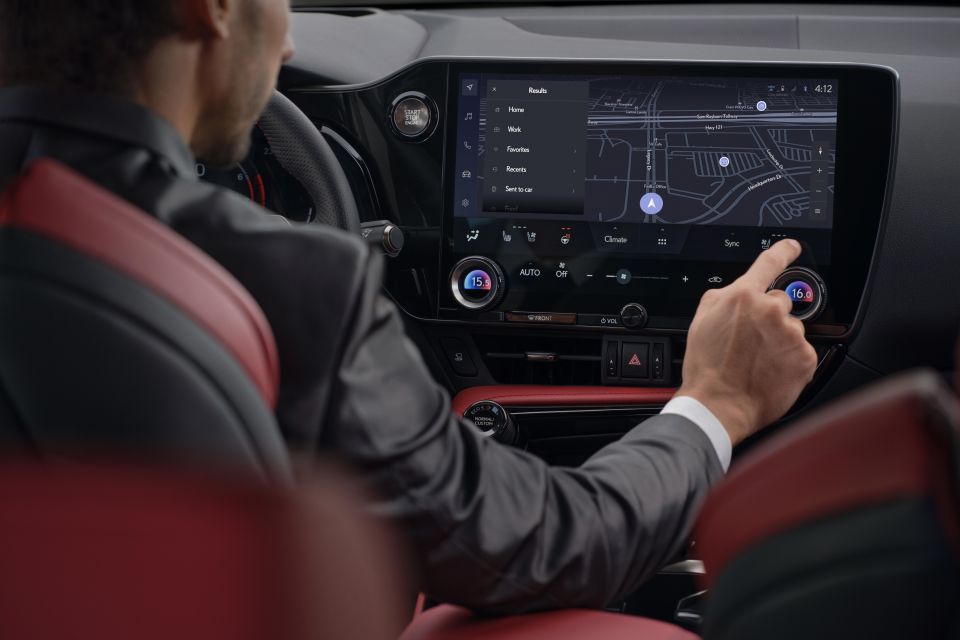
The move to a shift-by-wire system frees up space along the transmission tunnel, and the steering wheel has been totally redesigned.
Alongside those new digital instruments and large head-up display, there’s a 14.0-inch centre touchscreen with vertically-oriented shortcut icons and clearly delineated sections for maps, climate functions, music, and vehicle settings.
The colour and font of the navigation screen can be selected from five different themes according to the user’s preference. The voice control system responds to the “Hey Lexus” request, following a pattern popularised by the Mercedes-Benz and its MBUX.


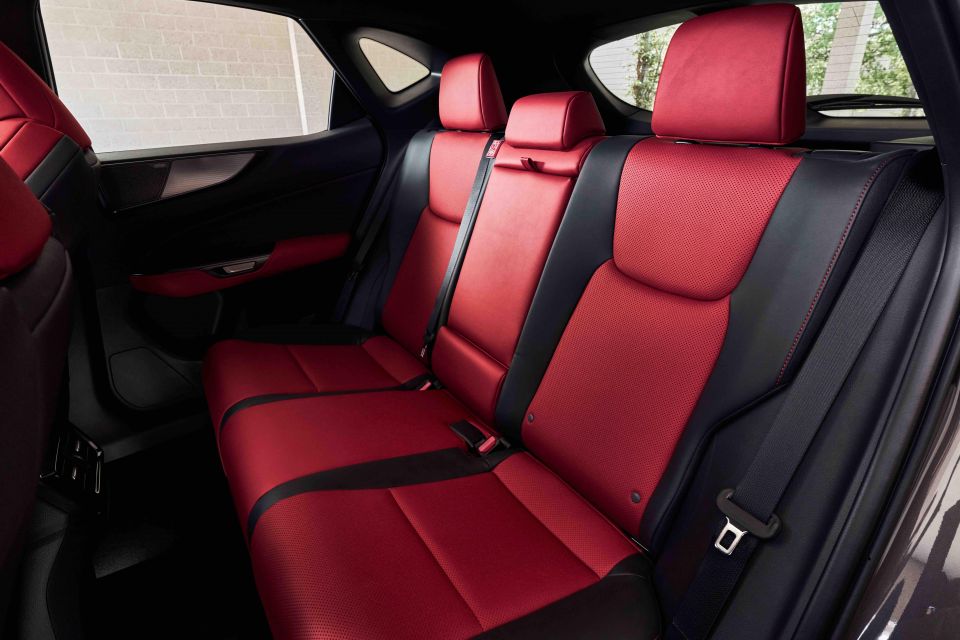
The new NX sports wireless Apple CarPlay and Android Auto, over-the-air upgrades, and two sound system choices headlined by a 17-speaker Mark Levinson Premium setup.
There are various cabin colour choices available: black and cream, tan and black, and black and bright red. Ornamentation similar to the LS limo’s can be found in places like the door cards, and there’s also up to 50 different ambient light signatures to cycle through.
The new NX is 4660mm long, 1865mm wide, 1640mm tall and rides on a 2690mm wheelbase.
This means the second-generation NX is 30mm longer between the wheels than the old model, 20mm longer overall, and 5mm taller, so expect marginally improved cabin space.
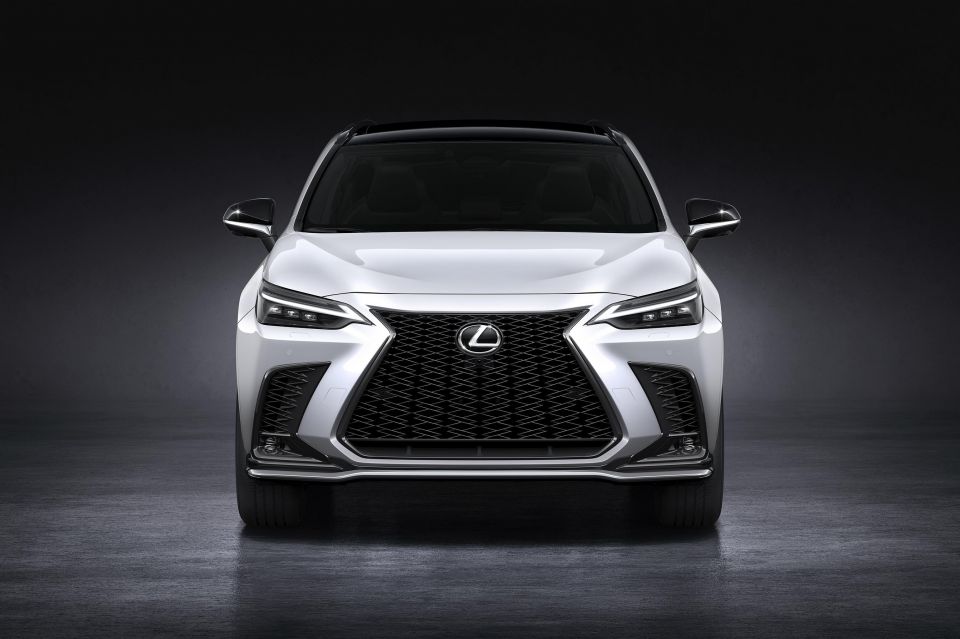
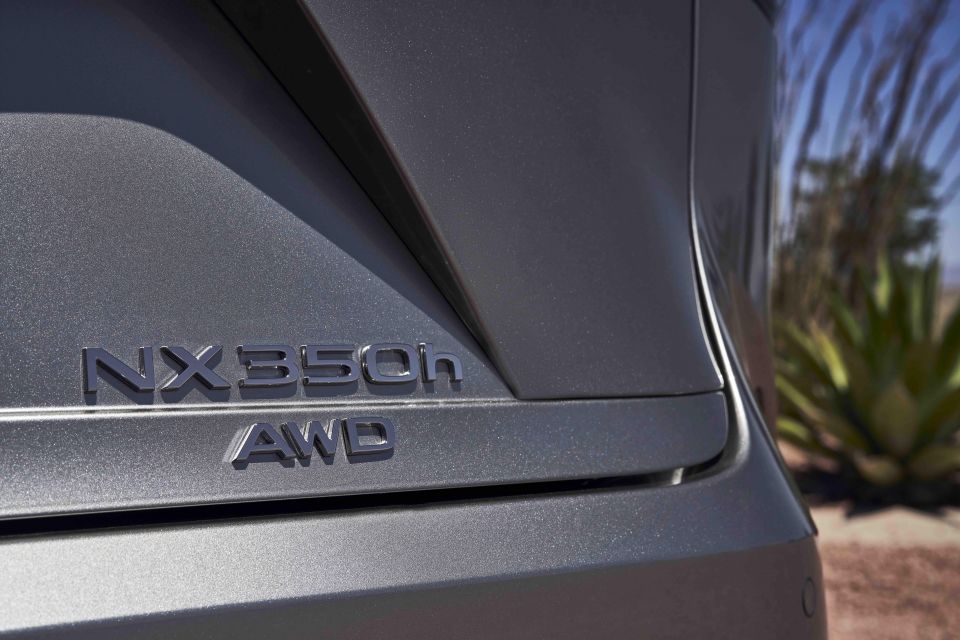
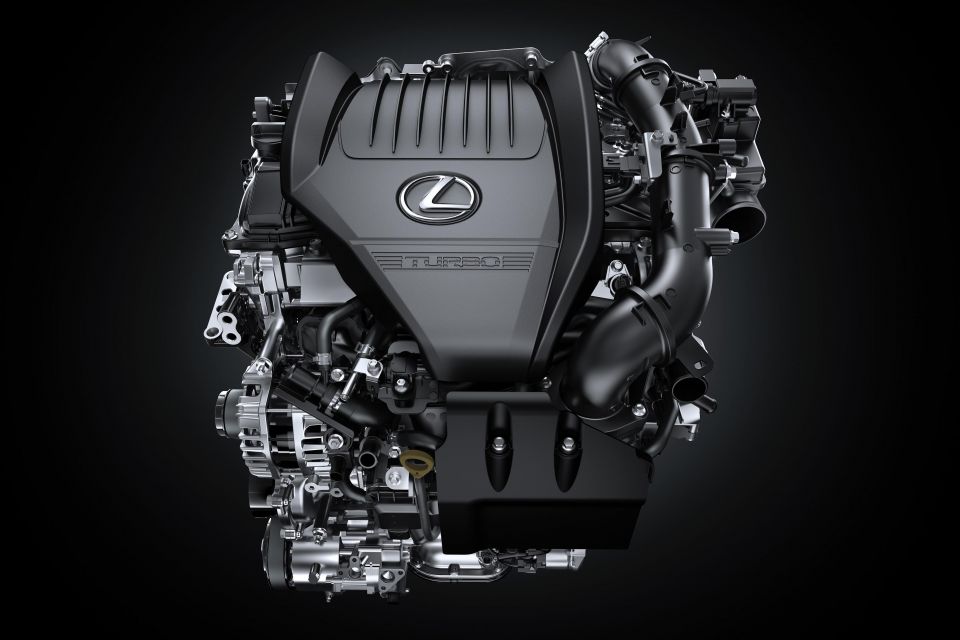
Headlining from launch will be a new 2.4-litre turbocharged petrol four-cylinder engine powering the NX350, mated to an eight-speed auto and front-biased all-wheel drive (AWD) system.
No exact power and torque figures have been announced, but Lexus USA says it estimates outputs of 205kW and 430Nm, enabling a 0-60mph (0-97km/h) time of 6.8 seconds.
The NX350 replaces the current NX300, which is equipped with a 175kW/350Nm 2.0-litre turbo and a six-speed auto.
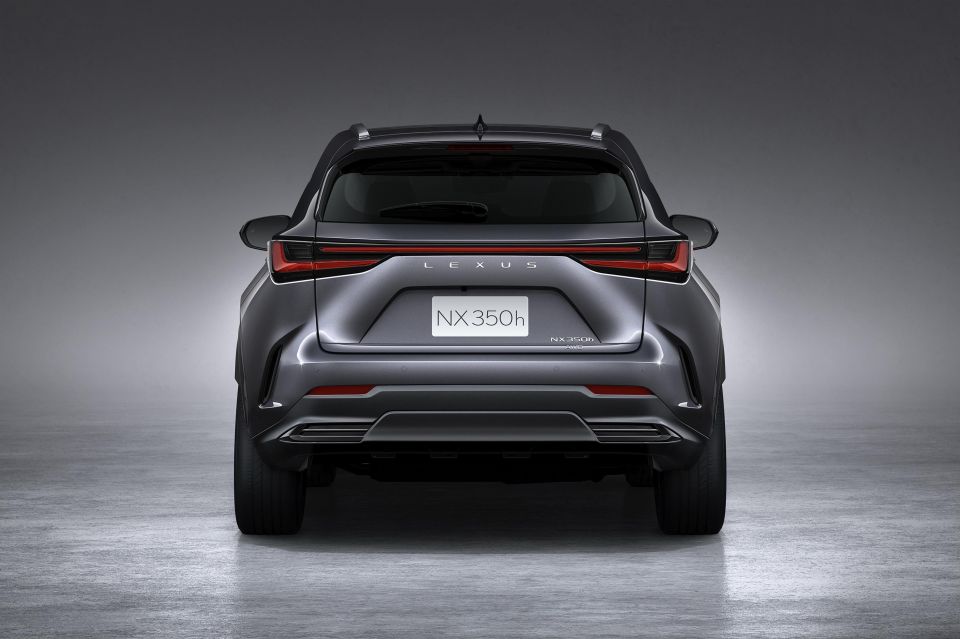
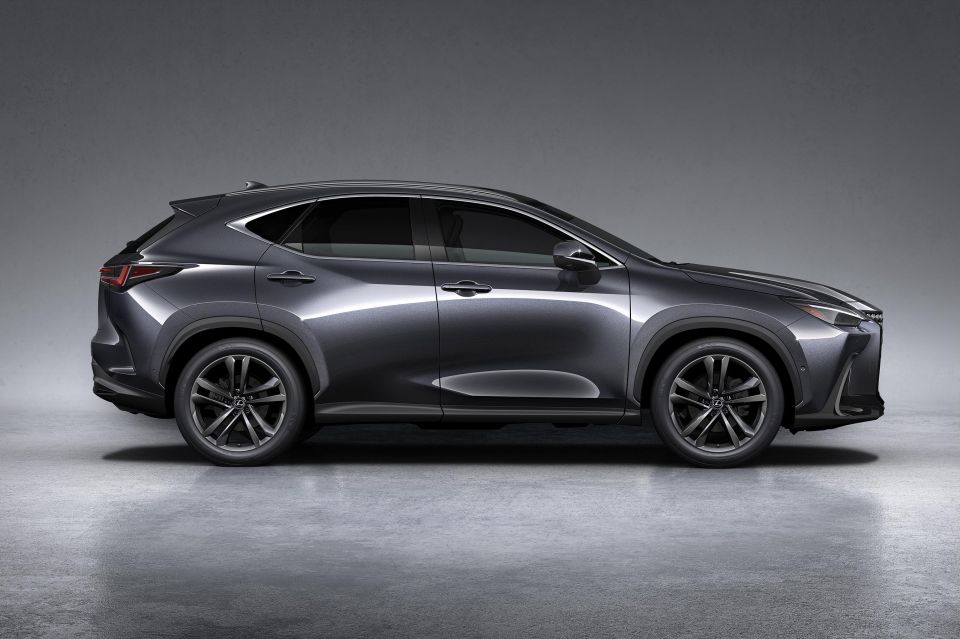

Meanwhile the rejigged petrol-electric hybrid NX350h replaces the NX300h, and pairs a 2.5-litre petrol four with an electric motor and lithium-ion battery pack. This model can be specified with constant, fully variable AWD system.
Lexus USA suggests the target is 20 per cent more horsepower than the NX300h, improved fuel economy, and a 1.5-second quicker 0-96km/h claim of 7.2sec.
A similar drivetrain in the Toyota RAV4 makes a total of 163kW, which is less than the 174kW target Lexus has set for itself.
There’s also a new base option called NX250 using a 2.5-litre naturally-aspirated petrol engine driving the front wheels via an eight-speed auto.
Outputs are to be confirmed, but the 2.5-litre RAV4 makes 152kW and 243Nm.
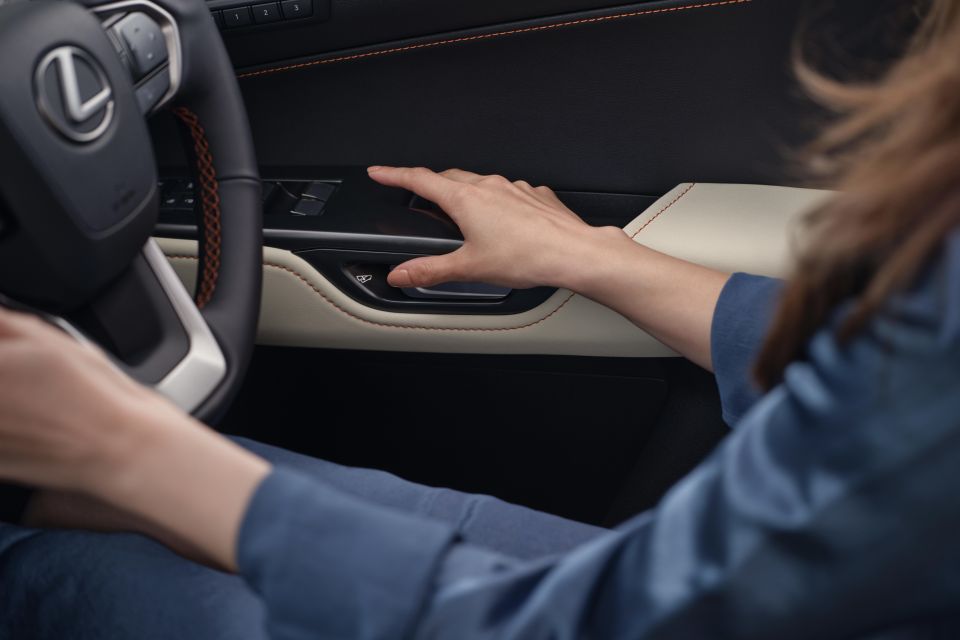
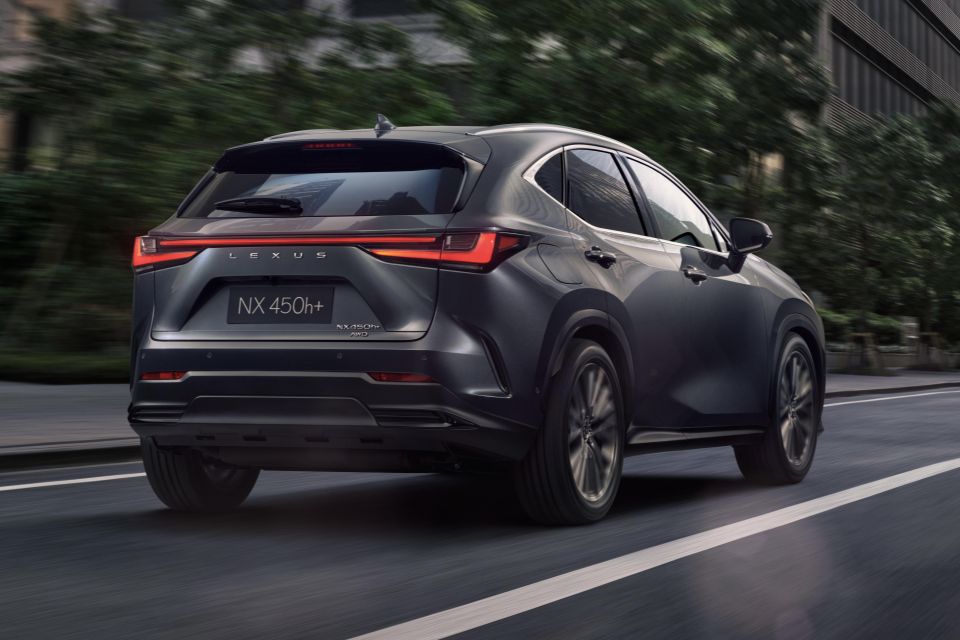
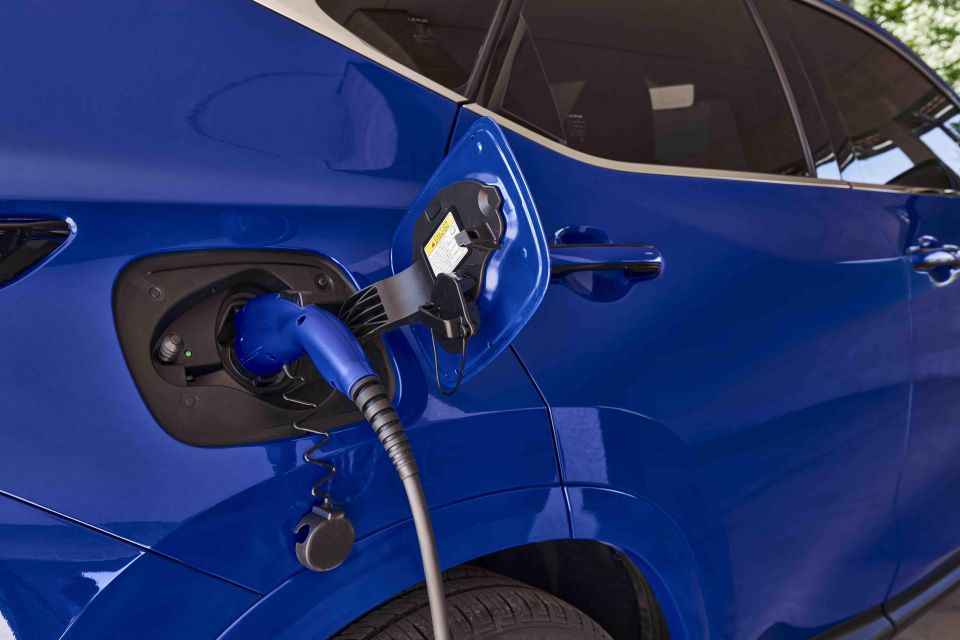
Confirming a badly-kept secret, the NX will also get an all-wheel drive plug-in hybrid (PHEV) model badged NX450+, which pairs a 2.5-litre engine with motors on each axle and an 18.1kWh battery pack.
Again there are no official figures at the moment, but the RAV4 Prime has a similarly specified setup with a total of 225kW.
Lexus USA expects a driving range in EV mode around 60km using the EPA’s methodology, and a swift 0-97km/h time of 6.0s.
The Lexus NX plug-in hybrid can be fully charged at a wallbox in approximately 2.5 hours when equipped with the optional 6.6kW onboard charger, while the standard 3.3kW on board charger requires about 4.5 hours.
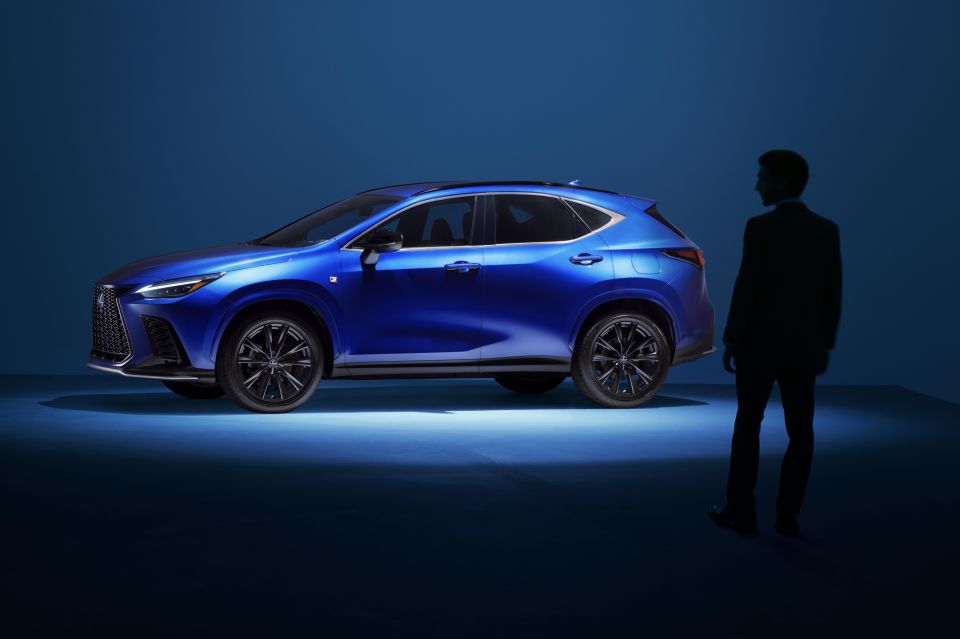
The Lexus NX uses Toyota’s TNGA-K modular platform which underpins the RAV4 and Harrier/Venza, among numerous other vehicles. It’s lighter, stiffer, and has a lower centre of gravity, prompting Lexus to call the new NX’s road manners “greatly improved”.
Suspension comprises MacPherson struts up front and double wishbones at the rear. There’s an updated version of Lexus’s Adaptive Variable Suspension available, plus a Lexus-first variable-rack steering ratio.
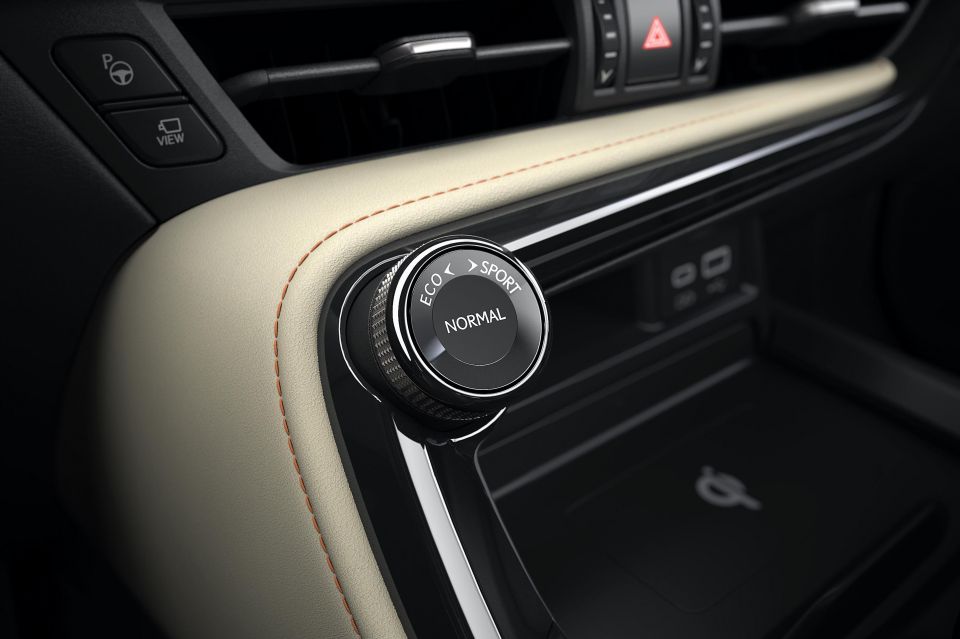
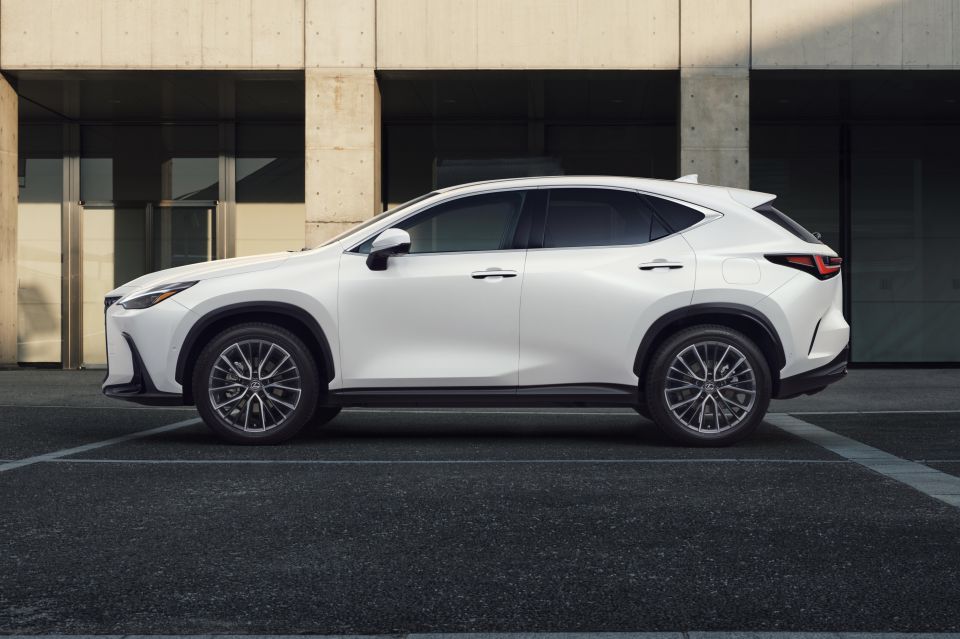
The new NX gets a stiffer upper body thanks to a whole new structure, laser peening, and more high-tensile steel.
Greater application of sound-deadening foam, and new glass and seals, slash NVH intrusion by a claimed 15 per cent.
“While inheriting the linear steering feel that Lexus has thoroughly pursued to date, Lexus has focused on developing the driving control to deliver a precise driving feel,” the company claims.
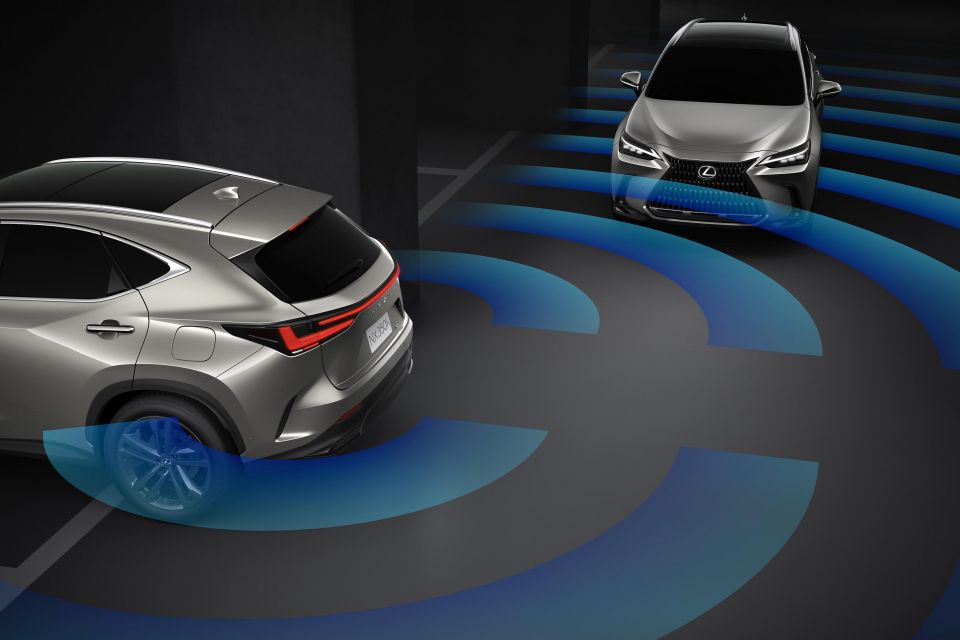
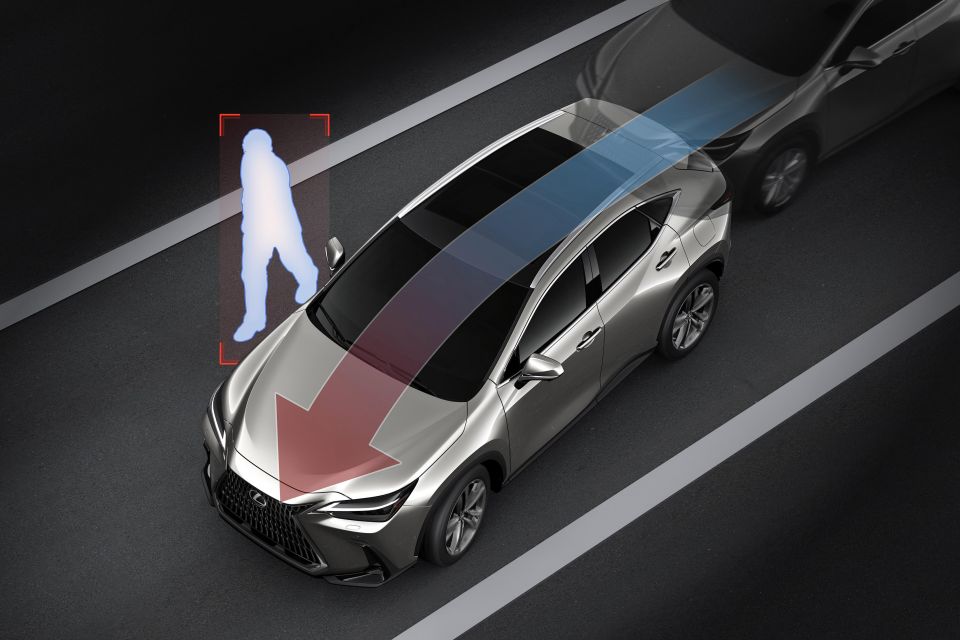
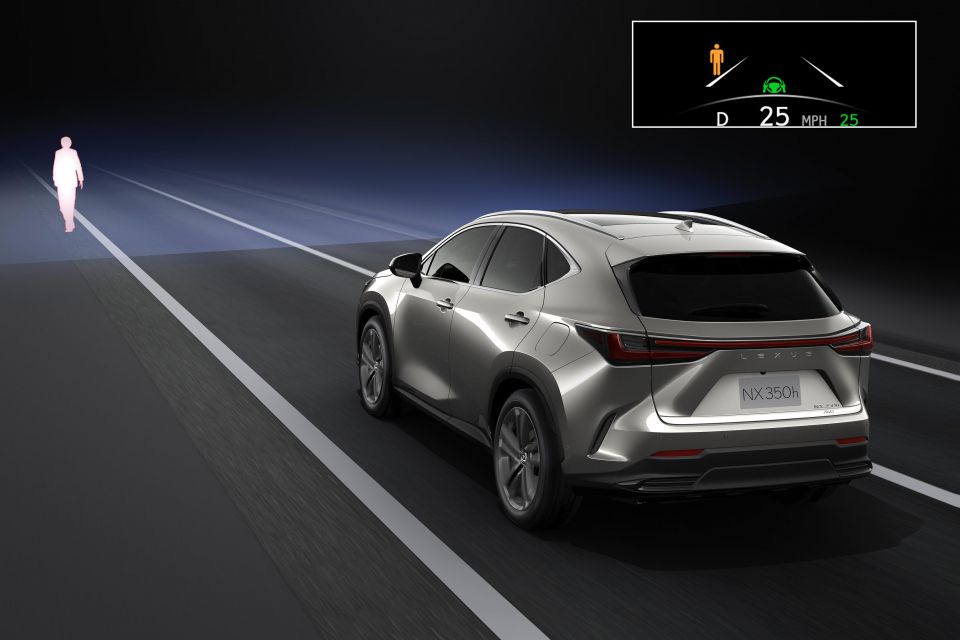
New safety features include Safe Exit Assist that warns you if you’re opening a door into oncoming traffic or bicycles.
The on-board millimetre wave radar and monocular camera have been improved, making the Lexus Safety System+ theoretically more reliable.
Features include autonomous emergency braking with junction, cycle and pedestrian assist; front- and rear cross-traffic alert; emergency steering assist; lane-tracing assist; road-sign readout; radar-guided active cruise control; and automated SOS call function.
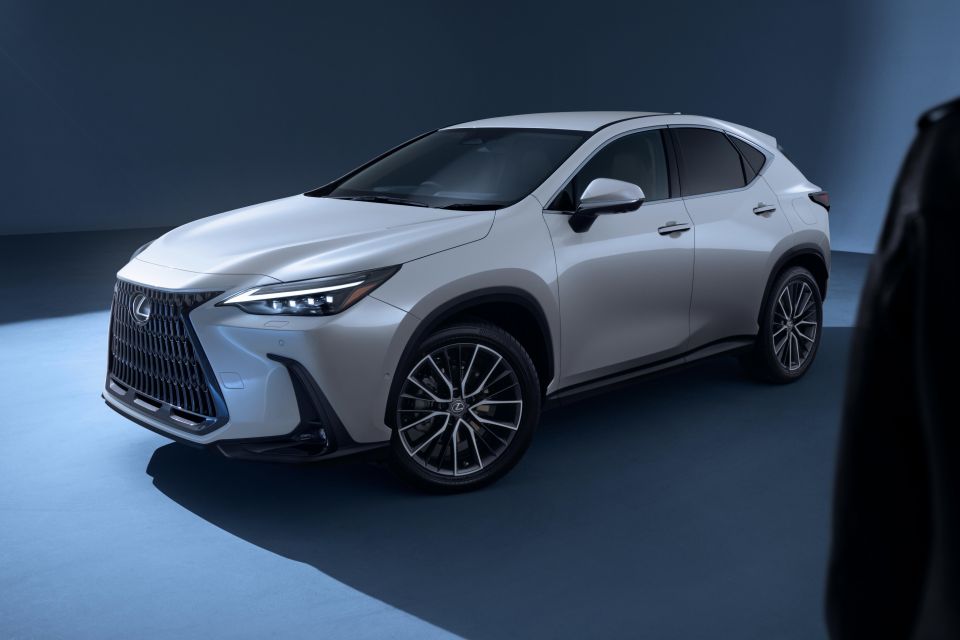
The NX has become Lexus Australia’s top-selling model, with 22,237 finding homes since late 2014.
“A three-tier line-up comprising NX350h, NX350 and NX250 will arrive in Australia in November, 2021– the same month as the arrival of the first Lexus battery electric vehicle, the UX300e luxury compact SUV,” the company said in a statement.
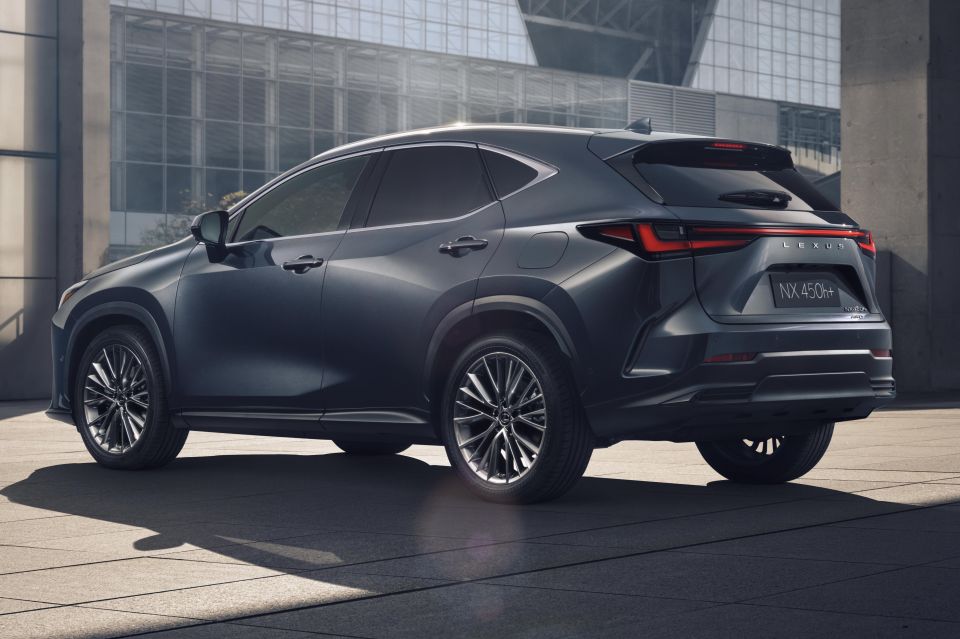
Lexus Australia would not comment on if – or when – the NX450+ PHEV will come to our market, but with rivals now in market including the BMW X3 PHEV, Mercedes-Benz GLC PHEV, and Volvo XC60 PHEV, it would seem an appropriate addition.
As of the end of April 2021, the Lexus NX has sold a cumulative total of approximately one million units in more than 90 countries and regions, growing to become a core global model for Lexus.
MORE: 2021 Lexus NX review MORE: Lexus NX news, reviews, videos and comparisons
Where expert car reviews meet expert car buying – CarExpert gives you trusted advice, personalised service and real savings on your next new car.


Andrew Maclean
15 Days Ago


James Wong
12 Days Ago


Max Davies
10 Days Ago


Paul Maric
8 Days Ago


Max Davies
6 Days Ago


James Wong
4 Days Ago